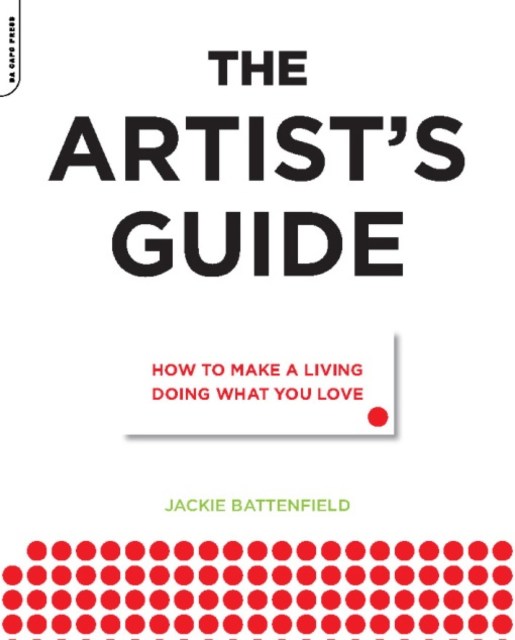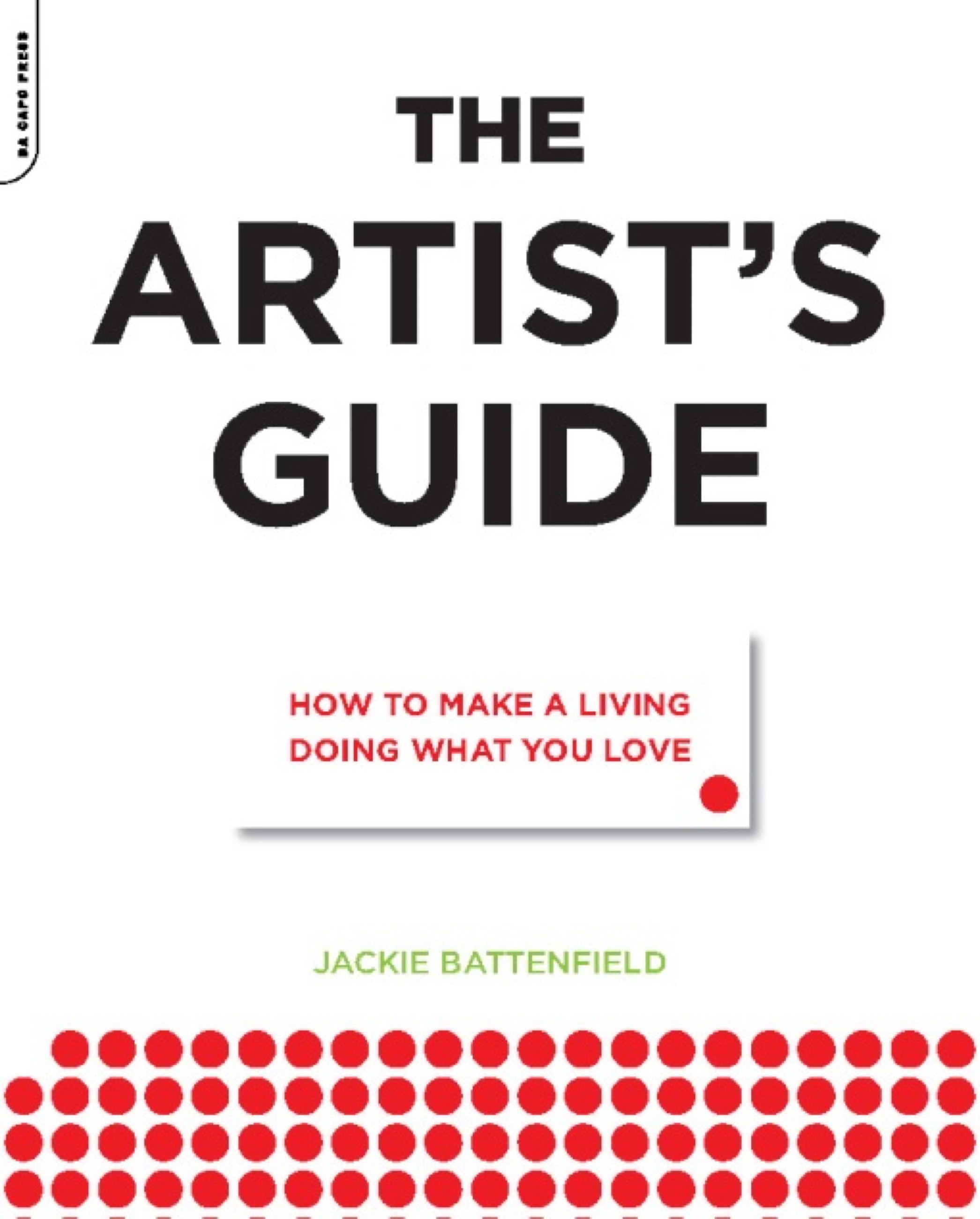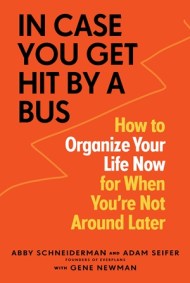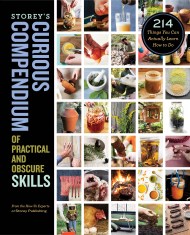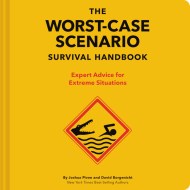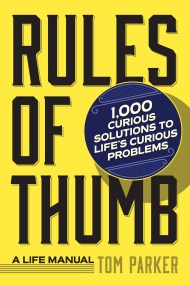The Artist's Guide
How to Make a Living Doing What You Love
Contributors
Formats and Prices
Price
$12.99Price
$16.99 CADFormat
Format:
- ebook $12.99 $16.99 CAD
- Trade Paperback $19.99 $24.99 CAD
This item is a preorder. Your payment method will be charged immediately, and the product is expected to ship on or around June 9, 2009. This date is subject to change due to shipping delays beyond our control.
Also available from:
Providing real-life examples, illustrations, and step-by-step exercises, Battenfield offers readily applicable advice on all aspects of the job. Along with tips on planning and assessment, she presents strategies for self-management, including marketing, online promotion, building professional relationships, grant writing, and portfolio development.
Each chapter ends with an insightful “Reality Check” interview, featuring advice and useful information from high-profile artists and professionals.
The result is an inspiring, experiential guide brimming with field-tested techniques that readers can easily apply to their own career.
-
"A readable, realistic, and practical field guide to professional success in the visual arts...A wealth of reproduced art and profiles of artists complete this inspiring, useful, and, given the rise in do-it-yourself careers, timely resource."Booklist
- On Sale
- Jun 9, 2009
- Page Count
- 400 pages
- Publisher
- Da Capo Lifelong Books
- ISBN-13
- 9780786748068
Newsletter Signup
By clicking ‘Sign Up,’ I acknowledge that I have read and agree to Hachette Book Group’s Privacy Policy and Terms of Use
